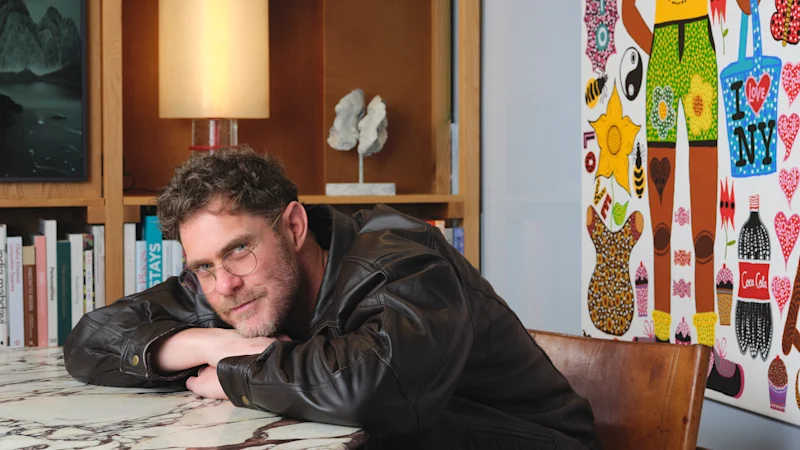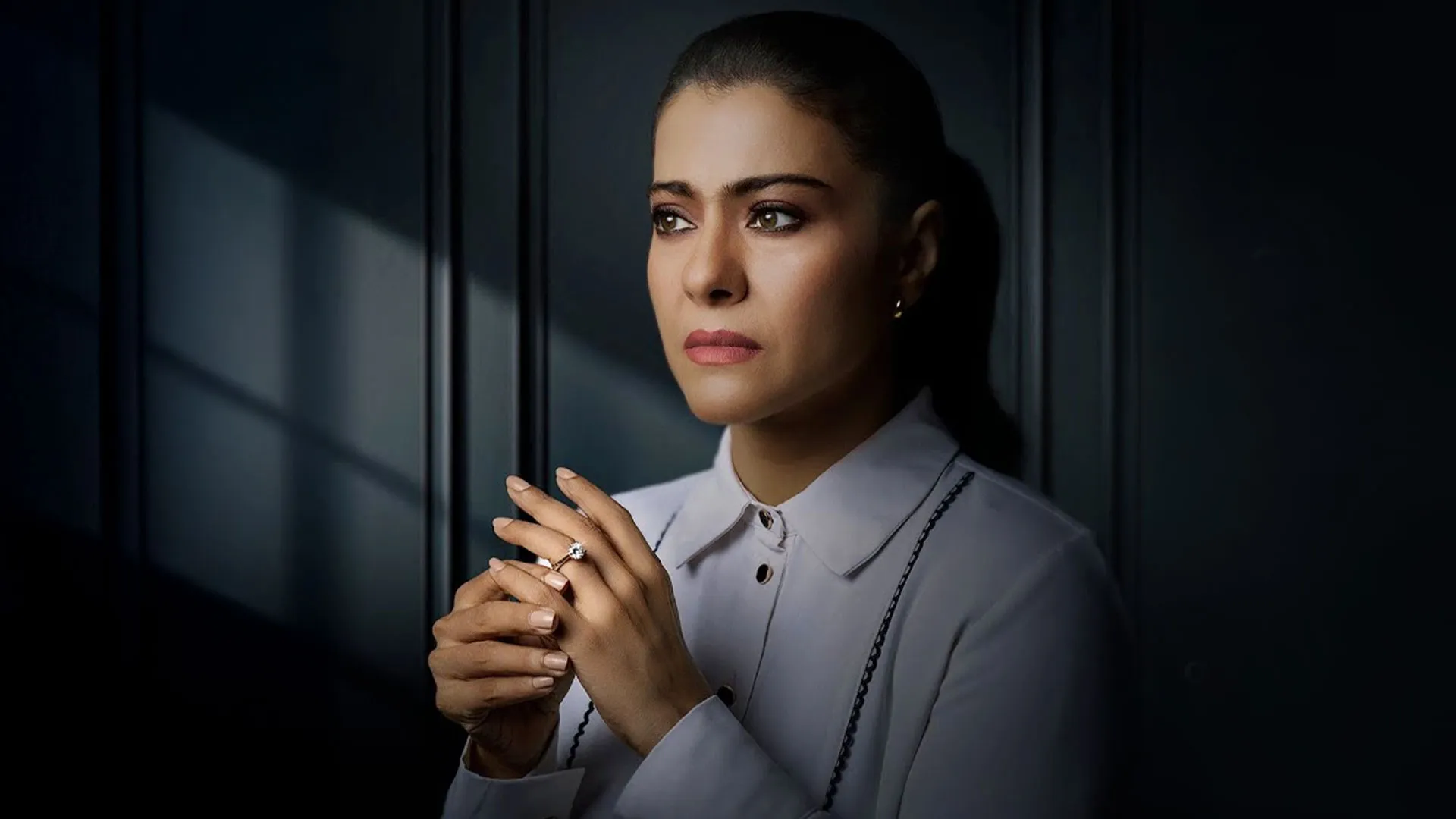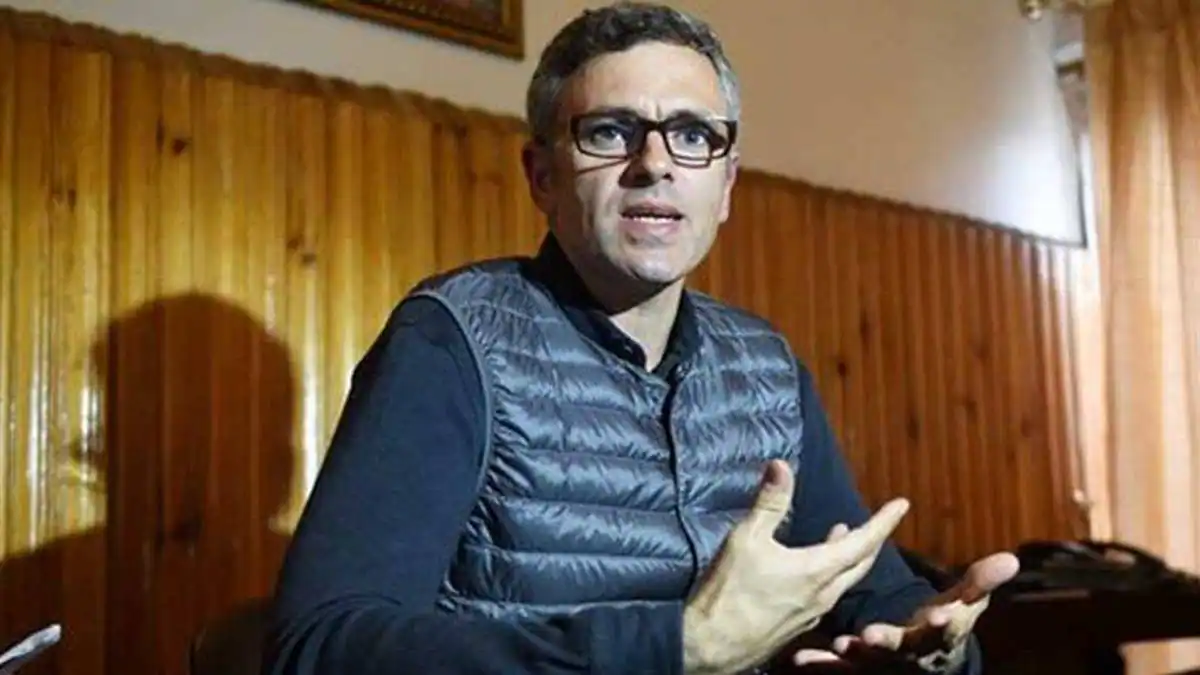By Susan Horsburgh
Copyright smh

Amy Astley, editor-in-chief of the US magazine Architectural Digest, calls his experimental combos “material mix-mastery”. Flack has been on the magazine’s influential AD100 list five times – more than any other Australian interior designer – and Astley notes a palpably Australian sensibility in his work: “Perhaps it’s the way his homes respond so sympathetically to light and climate, or the designer’s freedom in upending received ideas from the Old World to fashion a new lexicon of design for the modern one.” Says Flack: “[Australians] travel so much because we’re so far removed. We really value external references … It’s how you string [them] all together to feel something original – and quintessentially Australian, too.”
Flack Studio currently has 35 projects spanning Australia, Asia, the US, Mexico and NZ, including Scanlan Theodore’s Miami store, Hannah St Hotel in Melbourne’s Southbank and the historic Hawthorn mansion of Andy Lee and Rebecca Harding. House flippers need not apply; Flack is out to build “forever homes” that leave a legacy. Every project takes at least three years, so clients have to be committed. “It’s a big journey,” says Flack, but he promises an end result that is uniquely them. He prides himself on intuitively creating spaces his clients didn’t even know they wanted.
Anne* and Holwell*, owners of the rural Victorian “Hilltop” homestead featured in the book, loved their “Flackified” weekender so much, the couple have re-engaged him to overhaul their Melbourne apartment. “Beauty is quite addictive,” says Holwell, “and it’s so calming living in almost an artwork.” Anne says she was instantly won over by Flack’s charm, flexibility and mismatched socks. For site visits, he’d invariably turn up with his spoodles, Frank and Alfred, and a bag of pastries. “He never comes anywhere empty-handed,” says Anne. “He has this way of making you feel like you’re his -favourite – you’re his friend. He has a great sense of humour and some killer one-liners.”
Similarly, Des* and David*, who own the Sydney Darling Point property in the book, wax lyrical about Flack’s lovability, but also his calm, can-do attitude. Every client I speak to mentions (multiple times) his seeming lack of ego. Wearing a hiking headlamp, Flack recently spent hours fossicking though an antique warehouse for a San Francisco client. Of course, that kind of service comes at a cost; according to Flack, “a million bucks minimum for furniture”. Then there are paintings and sculptures; Flack has a stable of Australian artists he supports, including both Nell and Ramesh Mario Nithiyendran. “He calls it the zhuzh budget,” says David. The final bill for the Darling Point renovation blew out by 30 per cent, but you won’t hear any complaints. “He’s very good at giving you options, but it’s very hard to say no to David,” says Des. “He turned our house into a home.”
The only (mildly) disgruntled clients seem to be his parents, Judi and Geoff Flack. After all the father-son argy-bargies that accompanied their 2015 build in Bendigo, Judi says she’d never work with her son again. “I was like the meat in the sandwich,” says Judi, with a laugh.



